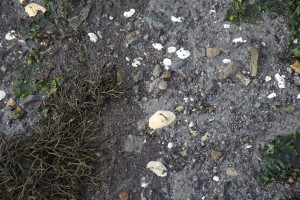Based on research by Hayoon Chung, MIT ’16
Microorganisms
Microorganisms are very important in salt marshes. They contribute greatly to the productivity as photosynthetic producers and they serve as food for many organisms. Some microorganisms aid plants by working in its roots. Others help the cycling at the end of the energy flow by decomposing matter. They are the beginning, the end, and the cycling of the food chain and biome.
Organisms
Other than providing food and energy for each other, organisms on the salt marsh provide shelters for each other. Many plants such as the Groundsel tree provide nesting areas for various birds. Many of the tall plants such as the smooth cordgrass provide shelter to animals during incoming storms or tides. Overall, the plants create niches and areas where various other organisms thrive.
The salt marsh also provides nursing areas for fish, insects, and crustaceans. Insects such as mosquitoes depend on the salt marsh to lay eggs to reproduce. Although we may find such insects as pests, they are important sources of food for other organisms in the salt marsh. Fish and crabs also depend on the salt marshes for laying their eggs. Ribbed mussels have amazing filtration abilities. Researches have shown that they are capable of filtering great amounts of phosphorus and nitrogen. Because both phosphorus and nitrogen are nutrients that mussels need, they absorb it from the water. They absorb phosphorus to consume and deposit as feces and they consume nitrogen in order to build up flesh, shells, and gametes. Afterwards, the nitrogen that remains in the shells and the phosphorus that had been deposited in fecal material are consumed by other organisms.
Common New England Salt Marsh Animals
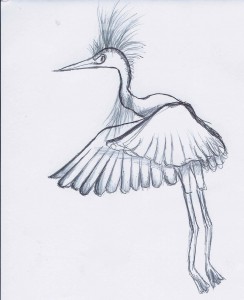 Birds:
Birds:
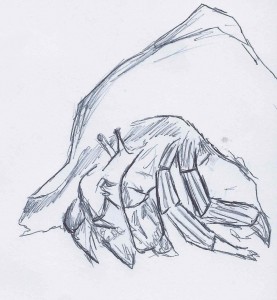
Crustaceans:
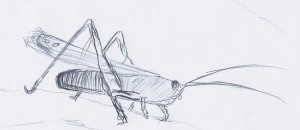
Insects:
Molluscs: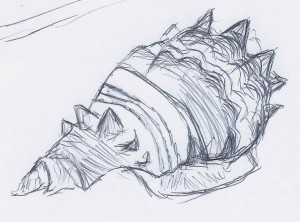
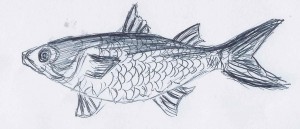
Fish:
Leave a Reply
You must be logged in to post a comment.
